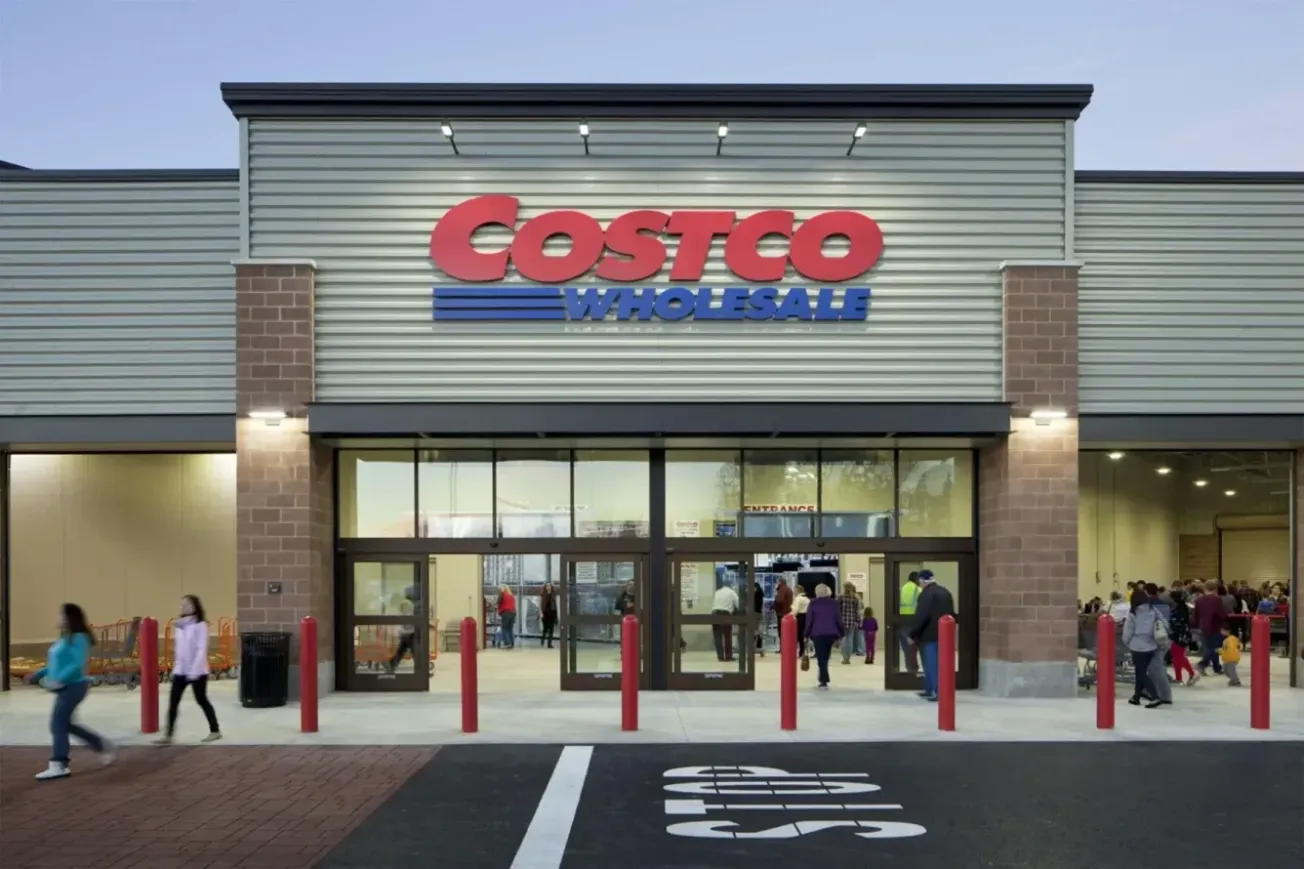Walmart appears to be recovering from the doldrums that surrounded it for the past two years. New, younger, revitalized management, a course correction that successfully abandoned a set of policies and procedures that never captured the hearts and minds of Walmart shoppers, and a return to the basics that had long guided Walmart customers have combined to bring shoppers back to Walmart and encouraged them to begin purchasing items that they had learned to bypass in recent times.
 The result has been an uptick in sales, along with a parallel list of positive developments that promise, if maintained and accelerated, to restore order to a Walmart world that had gone awry. In other words, a return to the orderly plan that had Walmart dominating the race to win the American shopper.
The result has been an uptick in sales, along with a parallel list of positive developments that promise, if maintained and accelerated, to restore order to a Walmart world that had gone awry. In other words, a return to the orderly plan that had Walmart dominating the race to win the American shopper.
Should Walmart prevail here — and the contest is hardly over — it would be a staggering reversal of fortune. In the past, a retailer’s fall from the leadership position seldom concluded with a second act that had that retailer returning to the leadership position.
Things change in retailing — new players appear, shopper priorities change, economic circumstances shift, customers change addresses — and with those changes come shifts in the retailers available to consumers. In short, the tenet of low prices driving sales works, but not always and not indefinitely. Sometimes factors like convenience, assortment, maintenance and in-stock positions become more important, at least on a particular visit to the store.
Then, too, change is hard. Seldom do the staffers who got a retailer into a mess have the talent and conviction to right the ship, especially if that implies that the ship needs righting. So new faces are generally a prelude to new directions — and Walmart has been fortunate to have chosen a new chief executive who is familiar with the Walmart formula and understands how and why it went off the rails.
A mass retailer in a similar situation is Target, until recently a company as exciting and innovative as Walmart, indeed a retailer that, it could be argued, was every bit as capable as its rival.
Here, too, however, Target made some basic changes in the ways it did business, dropping many programs and policies favored by its customers and replacing them with some new approaches, many of which did not meet with a favorable customer response.
The result is that, even with a new CEO in place, Target continues to struggle. Its performance, while improving, has not yet recaptured the spark of the old company, a spark that would result in the return of shoppers who once flocked to its stores.
So the situation, as it currently stands, is both exciting and daunting. Two of the country’s very best retailers, each of whom has seen its standings in the retail community slip, are clawing their way back to excellence. The chances of both regaining their old form are … well … it’s probably never happened before in the U.S. retailing community. But both have much to lose if they fail — for the idea of Walmart and Target as “ordinary” retailers won’t do. Each has been on top for too long to accept secondary status as a permanent condition.
That said, the coming weeks and months should be filled with innovation and excitement, as both retailers continue to fight to regain their past status. Add to this the fact that the U.S. retail community is stronger than it has been in some considerable time and the coming battle for retail supremacy may well become the most hard-fought conflict retailing has seen in many years.






